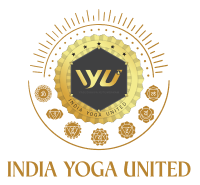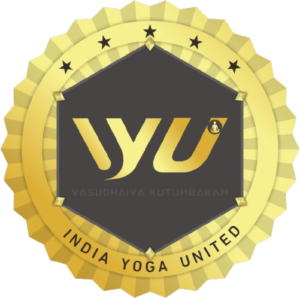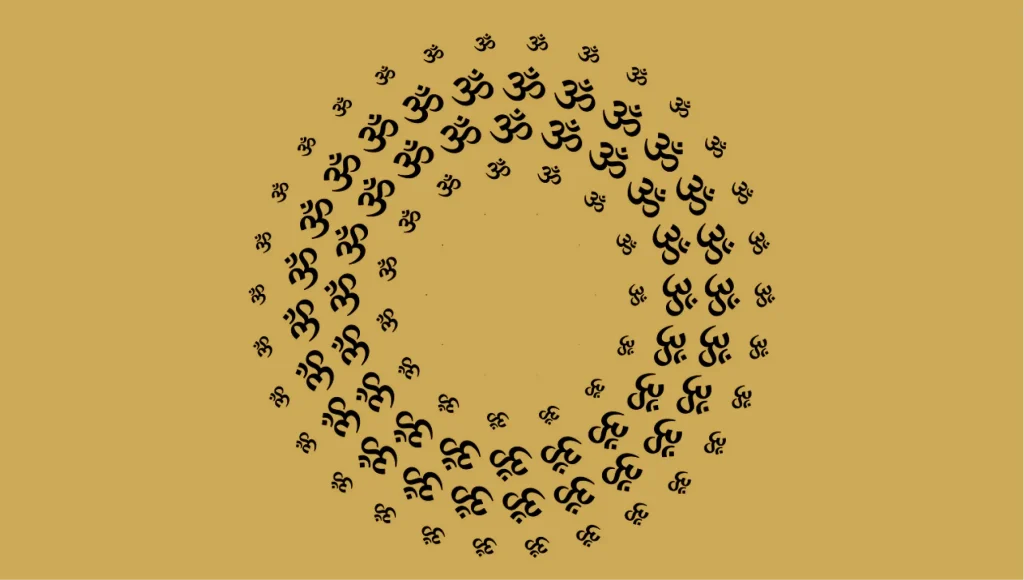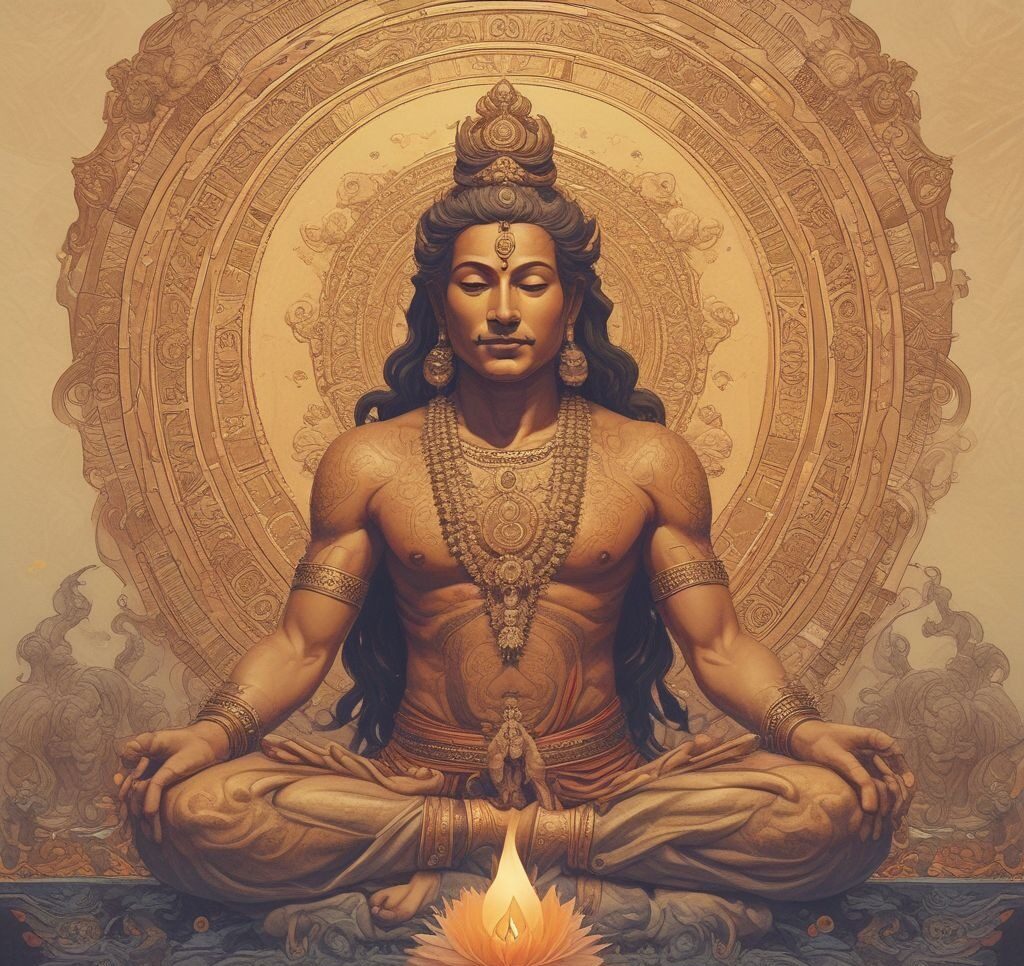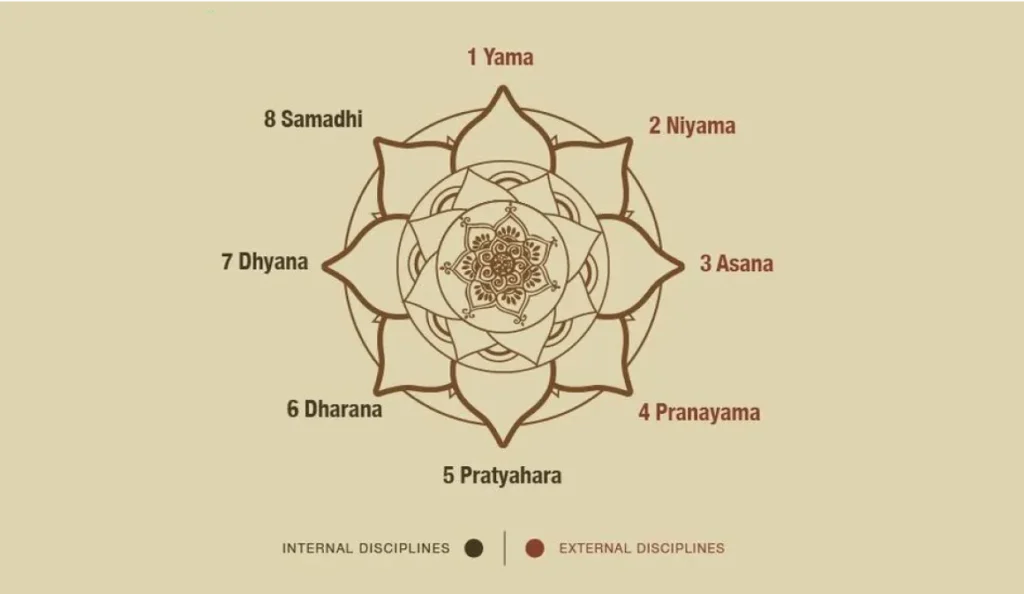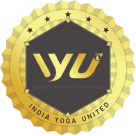Yoga, a practice embraced by millions around the world, is much more than physical exercise. It’s a holistic discipline that intertwines the physical, mental, and spiritual. To truly appreciate yoga, it’s essential to understand its rich history and origins, which span thousands of years.
The Roots of Yoga: Ancient Beginnings
The word “yoga” originates from the Sanskrit root “yuj,” meaning “to unite” or “to yoke,” symbolizing the union of the individual self with the universal consciousness. Yoga’s origins trace back to ancient India and are deeply embedded in its spiritual and philosophical traditions.
Pre-Vedic Period (c. 3000 BCE – 1500 BCE)
The earliest evidence of yoga is found in archaeological sites of the Indus Valley Civilization (modern-day India). Seals depicting figures in meditative postures suggest yoga practices were part of daily life.
These early practices likely revolved around meditation, breath control, and connecting with nature.
Vedic Period (c. 1500 BCE – 800 BCE)
Yoga was formalized during the Vedic period, when sacred texts called the Vedas were composed. The Vedas contain hymns, rituals, and philosophies that laid the groundwork for yoga.
The practice was associated with rituals and sacrifices, focusing on self-discipline and concentration to honor higher powers.
Classical Yoga: The Influence of Patanjali
Around 200 BCE, the sage Patanjali systematized yoga into a comprehensive philosophy through the Yoga Sutras. This text is considered the cornerstone of classical yoga.
The Eight Limbs of Yoga
Patanjali introduced the concept of Ashtanga Yoga or the “Eightfold Path,” which serves as a guide to spiritual growth and self-realization:
Yamas: Ethical disciplines (e.g., non-violence, truthfulness).
Niyamas: Personal observances (e.g., cleanliness, contentment).
Asana: Physical postures for body strength and health.
Pranayama: Breath control for energy regulation.
Pratyahara: Withdrawal of senses to focus inward.
Dharana: Concentration on a single point.
Dhyana: Meditation for mental clarity and calm.
Samadhi: State of blissful union with the divine.
This classical approach marked yoga’s evolution into a structured practice.
Post-Classical Yoga: Embracing the Physical
Post-classical yoga emerged around 800 CE, focusing on the physical body as a means to achieve spiritual enlightenment. Hatha Yoga, which combines postures (asanas) with breath control (pranayama), was developed during this period.
Key texts like the Hatha Yoga Pradipika (15th century) emphasized preparing the body for meditation and higher states of consciousness through physical practices.
Modern Yoga: Bridging East and West
Yoga’s global popularity began in the late 19th and early 20th centuries as Indian yogis introduced it to the West. Key figures include:
Swami Vivekananda: Presented yoga philosophy at the Parliament of the World’s Religions in Chicago (1893), sparking Western interest.
Tirumalai Krishnamacharya: Known as the “Father of Modern Yoga,” he blended traditional practices with physical fitness, paving the way for contemporary styles.
B.K.S. Iyengar and Pattabhi Jois: Innovators of modern yoga styles such as Iyengar Yoga and Ashtanga Yoga, emphasizing precise postures and flow sequences.
The 20th century saw yoga evolve into a holistic wellness practice, combining physical health with mental well-being.
Yoga Today: A Global Phenomenon
Today, yoga is practiced in various forms worldwide, from traditional Hatha Yoga to modern hybrids like Power Yoga and Aerial Yoga. While its physical benefits—flexibility, strength, and stress reduction—are celebrated, yoga’s essence remains a journey toward inner peace and self-awareness.
Conclusion
The history of yoga is a testament to its timeless relevance. From its ancient roots in meditative practices to its modern adaptations as a wellness movement, yoga continues to inspire individuals to lead more balanced, mindful lives. Understanding yoga’s origins helps us honor its tradition and approach our practice with respect and intention.

